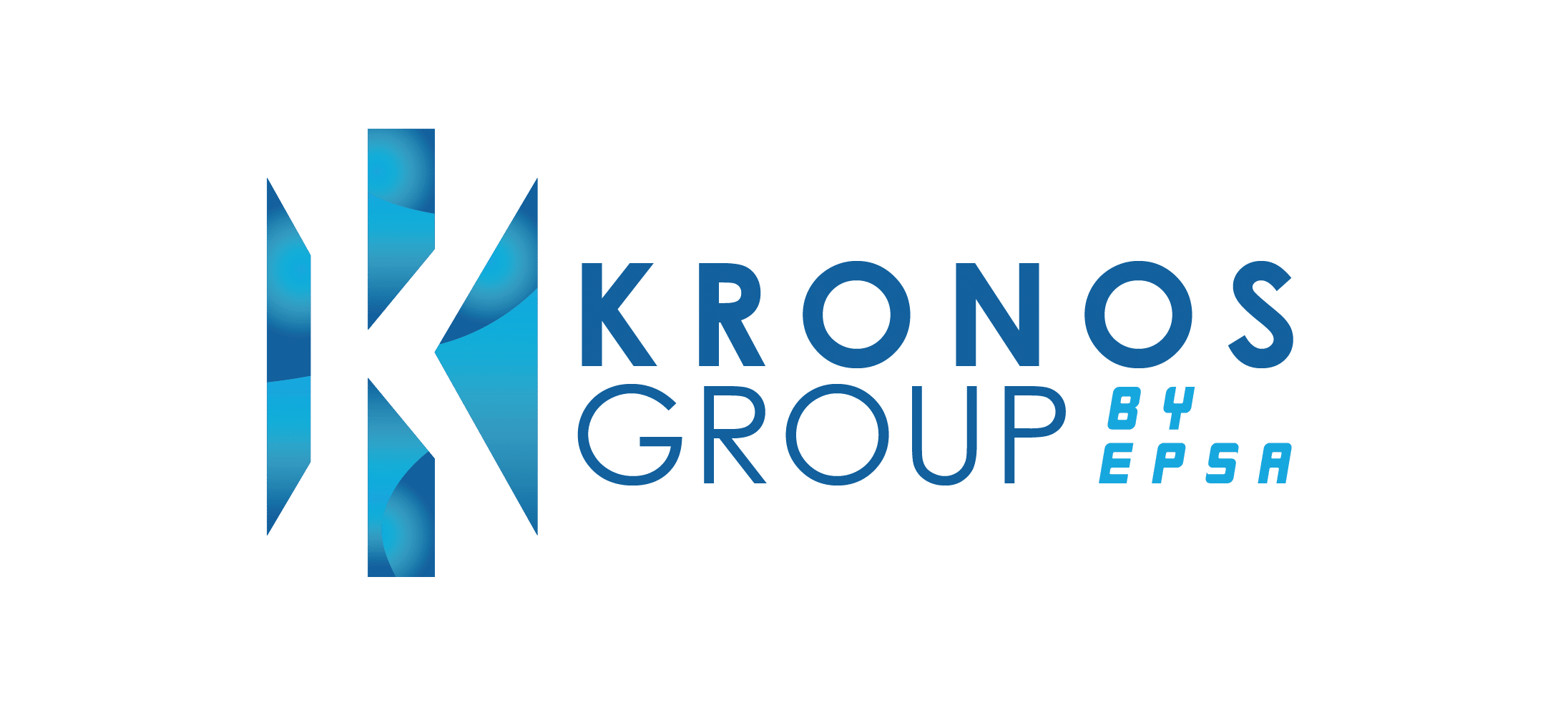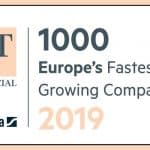How procurement portfolio management supports the procurement process

Summary
As procurement processes become more complex, different methodologies have emerged to simplify and augment them. Management of a procurement portfolio is one such methodology that takes on a holistic approach to procurement management.
To understand how it supports the procurement process, we first have to answer the question, “What is procurement portfolio management?”. With its objectives in mind, the next step is understanding the procurement process to determine how it is impacted by portfolio management.
Understanding the role of procurement portfolio management in the procurement process requires an in-depth look at the core solutions offered by it, including strategic alignment, risk management, resource allocation, and monitoring and evaluation.
Finally, understanding how to implement procurement portfolio management in a step-by-step manner is also crucial.
With procurement processes becoming more expansive across businesses and industries, strategic management methods have evolved to support them. Management of a procurement portfolio is one such methodology that incorporates a portfolio approach to procurement management.
This approach is intended to simplify and streamline the procurement process for businesses, especially ones with extensive procurement needs.
What is procurement portfolio management?
It refers to the strategic management of an organisation’s procurement activities. It promotes a holistic approach to procurement process management as it considers the organisation’s overall procurement needs, goals, and strategies.
As opposed to usual procurement management practices, this approach’s focus is not on individual procurement projects, but on the overall impact and value of procurement to the organisation. This involves making informed decisions about resource allocation, procurement initiative prioritisation, and optimising performance and outcomes across the entire procurement profile.
Effectively managing a procurement portfolio simplifies the procurement process by providing a centralised overview of an organisation’s procurement needs, ideal strategies, and associated risks.
Understanding the procurement process
The procurement process is the set of activities that are involved in acquiring goods and services for an organisation to meet requirements and achieve business objectives.
Core procurement activities include:
- Identification of goods and services
- Supplier market monitoring
- Supplier evaluation and selection
- Terms and price negotiations
- Requisition and stock management
- Contract management
The key stakeholders involved in the procurement process are the buyers, suppliers, and contractors who play a role in ensuring the requirements of the business are met.
When creating a procurement portfolio, these steps and stakeholders must be taken into account to ensure that strategies are in place to support the procurement process.
Understanding the role of procurement portfolio management
Managing an effective procurement portfolio supports the procurement process in the following ways:
Strategic alignment
With a procurement portfolio established, organisations can match it up with business objectives and manage priorities effectively.
As a procurement portfolio provides a centralised view of an organisation’s procurement needs and goals, aligning the procurement process with the organisation’s overall objectives becomes straightforward.
Risk management
With a procurement portfolio established, organisations have the potential to identify and mitigate risks and ensure supply chain resilience.
A well-established procurement portfolio also provides an overview of the risks an organisation could face throughout the procurement process, allowing it to formulate strategies for avoidance or mitigation.
Resource optimisation
With a procurement portfolio established, organisations can cut costs and improve efficiency with optimal resource allocation.
Since a procurement portfolio provides an extensive amount of information in a concise, condensed format, identifying opportunities for spend optimisation and effective resource allocation becomes much simpler.
Monitoring and evaluation
With a procurement portfolio established, organisations can easily measure portfolio performance and evaluate supplier relationships.
As procurement portfolios also encourage continuous monitoring and evaluation alongside establishing key performance indicators, ensuring that an organisation’s procurement teams and suppliers are meeting objectives becomes easier.
Understanding how to implement procurement portfolio management
Implementing a portfolio approach to manage procurement processes in an organisation involves the following steps.
- Identifying the business strategy
Identifying the organisation’s strategic objectives helps in formulating KPIs and objectives for the procurement process that align with them.
Establishing a prioritisation process will also create an easier method to identify how specific procurement activities align with the overall goals.
- Determining current and future requirements
In order to optimise the procurement portfolio, current and future requirements for procurement must be determined.
This ensures that the organisation’s procurement requirements are well-established, providing an easy way to align procurement processes with business objectives.
- Evaluating the supplier portfolio
A vital step in establishing a procurement portfolio is evaluating the current suppliers and determining the ideal way forward for the procurement process.
This helps eliminate unnecessary costs, inefficiencies in the supply chain, and unreliable suppliers that could affect the overall goals of the organisation.
- Allocating available resources
Resource allocation also plays an important role in eliminating unnecessary costs in the procurement process that can affect an organisation’s bottom line.
With a high-level view of procurement requirements and the supply chain, optimal resource allocation becomes a more straightforward process.
- Managing the portfolio continuously
Once the procurement portfolio is established, it is essential to continuously monitor and adjust as the organisation’s requirements and the market change.
This ensures that the organisation is always on top of its procurement requirements and potential risks that may arise within the supply chain.
Enhance your procurement process with portfolio management
As the procurement landscape changes, different methodologies for managing the procurement process emerge. Management of a procurement portfolio is one such process that can enhance the process of procurement with better strategic alignment, risk management, resource allocation, and monitoring and evaluation solutions.



